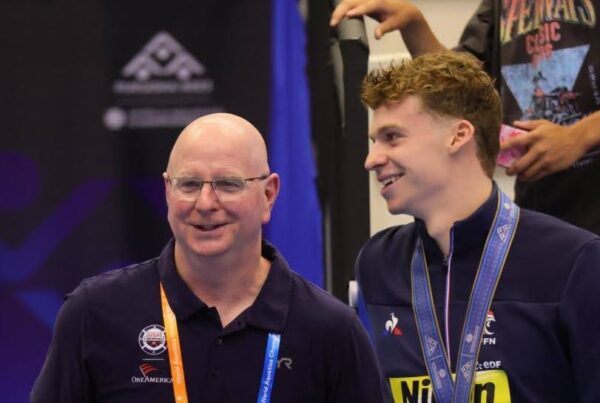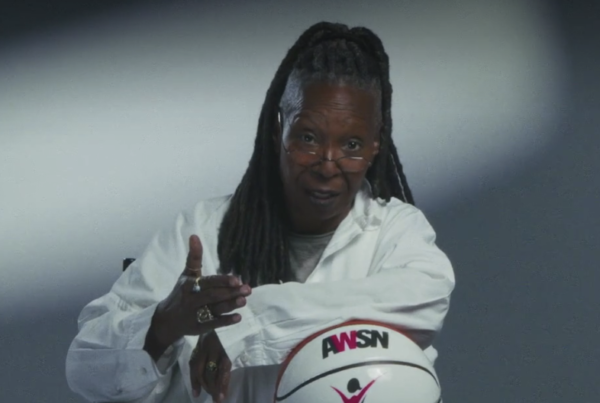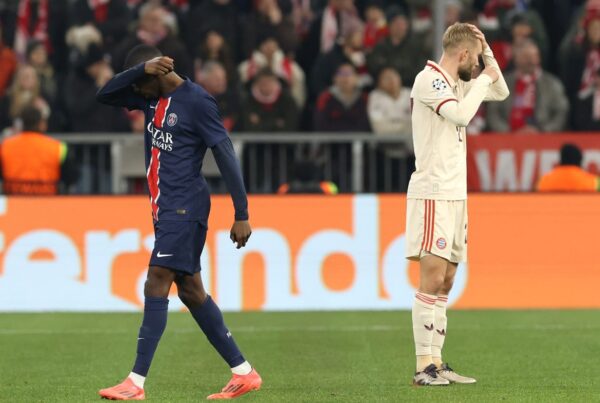It’s not a good image for our sport—This assessment of 24-time Grand Slam champion Novak Djokovic, following the recent suspension of current world number one Jannik Sinner, is an understatement. Prior to February 15, 2025, the Italian star accepted a three-month ban after a proposal from the World Anti-Doping Agency (WADA)—an unprecedented ruling in tennis. While WADA maintains that such penalties are common in other sports, it remains unclear which disciplines have followed similar procedures.
As a result, the tennis community finds itself deeply divided over whether the sport’s highest-profile figure received preferential treatment. “The majority of players that I’ve talked to in the locker room, not just in the last few days, but also the last few months, are not happy with the way this whole process has been handled,” said Djokovic.
The Doping Controversy
Sinner’s doping saga started in March 2024, when the Italian tested positive for the anabolic steroid Clostebol twice in eight days during the ATP Sunshine Swing in Indian Wells and Miami. Upon investigation by the International Tennis Integrity Agency (ITIA), Sinner’s team traced the miniscule amounts of the forbidden substance to his physiotherapist Giacomo Naldi, who had been treating a minor finger wound with Trofodermin, an over-the-counter Italian medication containing Clostebol. The ITIA deemed this explanation plausible and cleared Sinner of any wrongdoing. As a result, he neither lost price money nor ranking points, allowing him to eventually reach world number one.
Controversy erupted only when the case became public during the 2024 US Open. Many players voiced strong criticism over what they perceived as a double standard, arguing that most players would have faced an immediate suspension and lengthy legal proceedings before even receiving an ITIA hearing. Sinner, by contrast, was granted an expedited hearing within ten days and was permitted to continue playing.
Jannik Sinner himself remained silent on the matter and did his talking on the court, dominating the last major in Flushing Meadows. Yet, after his US Open triumph and perceived conclusion of the case, WADA reopened it by arguing that under their regulations, it is the athlete’s responsibility to make sure their team does not touch banned substances. A hearing at the Court of Arbitration for Sport (CAS) had been scheduled for April 2025.
An unexpected compromise
However, rather unexpectedly, prior to the Qatar ExxonMobil Open 2025, WADA confirmed that it had reached an agreement with Sinner, accepting the Italian’s explanation and concluding that no performance-enhancing effects were found. The result: a three-month suspension from February 9 to May 4. This decision has since sparked widespread debate.
Tony Nadal, uncle and former long-time coach of 22-time Grand Slam champion Rafael Nadal, expressed that any suspension was unwarranted if no performance-enhancing effect was established. Furthermore, the BBC have reported that Sinner never wanted to accept a ban but was convinced by his lawyers to agree to the three-month hiatus. So, why did he ultimately consent to a suspension if he perceives himself innocent?
While all the influencing factors in this decision are naturally not provided, Sinner cited the looming risk of a harsher one to two-year suspension by a CAS ruling as the main reason for “striking this deal.” Yet, the very notion of striking a deal has led many in the tennis world to question the fairness of the anti-doping system, feeling that the integrity of the sport has been compromised.
Double standards in tennis?
One point of critique is the timing of the ban, which conveniently allows Sinner to return in time for his home tournament, the Internazionali BNL d’Italia 2025, which would also serve as ample preparation for the French Open. Former world number 93 Liam Brody likened the suspension to a Premier League player serving a ban during the summer break. On the other hand, Sinner will lose approximately 1,600 ATP ranking points, potentially jeopardizing his number one status if Alexander Zverev or Carlos Alcaraz achieve strong results.
More significant than the timing is the perceived inconsistency in sanctions. Tennis’s outspoken “bad boy” Nick Kyrgios took to X to comment: “Ridiculous – whether it was accidental or planned. You get tested twice with a banned (steroid) substance… you should be gone for 2 years.” Perhaps even more striking, three-time Grand Slam champion and fan favorite Stan Wawrinka declared: “I don’t believe in a clean sport anymore.”
These concerns are further reinforced when comparing Sinner’s case to that of his compatriot, Stefano Battaglino (career high ranking of 760). In September 2022, after receiving a massage from a tournament physio during an M15 event in Morocco, Battaglino tested positive for Clostebol. Like Sinner, he traced the substance back to the massage. However, the ITIA rejected his explanation, and he was handed a four-year ban. The stark contrast in outcomes raises uncomfortable questions about fairness and whether financial and reputational stakes influence anti-doping decisions.
While neither Sinner nor Battaglino were found to have gained a performance-enhancing benefit, the resolutions of their respective cases make it seem as if incentive structures governing tennis are skewed in favor of marketable stars who attract sponsorship revenue.
The ITIA is jointly operated by the Association of Tennis Professionals (ATP), Women’s Tennis Association (WTA), and the International Tennis Federation (ITF), and is financially dependent on sponsors as well as the sport’s biggest names. Was Sinner’s lenient treatment influenced by his status as the face of the new generation—particularly in the post-Federer, Nadal, and potentially soon post-Djokovic era? While no hard evidence suggests bias, the optics remain troubling.
The end of a gentleman’s game?
Beyond these individual cases, an increased number of public doping controversies elucidate systemic challenges faced in professional tennis today. Long regarded as a sport of perpetual elegance and integrity, tennis has seen increasing prize money bringing physical demands and potential susceptibility to performance-enhancing measures into the foreground.
This issue is particularly relevant given the vast income disparities among players. ATP and WTA Tour events primarily cater to the world’s top 50 players, while the four Grand Slam tournaments ensure significant earnings for those ranked inside the top 100. Outside this elite circle, most players struggle to cover travel and coaching expenses. In a sport where even the most dominant players only win around 55% of points, any physical edge can be decisive—particularly in Grand Slam tournaments.
What is more, any controversy underscores a bitter reality: tennis may no longer be the untarnished gentleman’s game it once claimed to be.
Other posts that may interest you:
Discover more from The Sundial Press
Subscribe to get the latest posts sent to your email.





